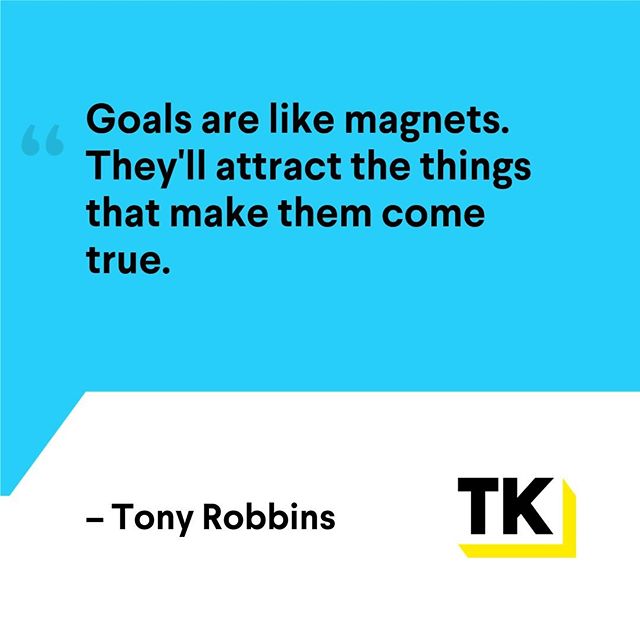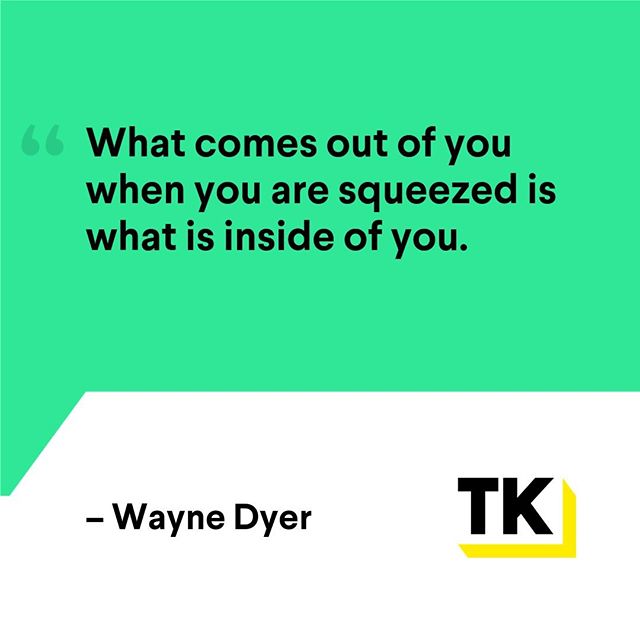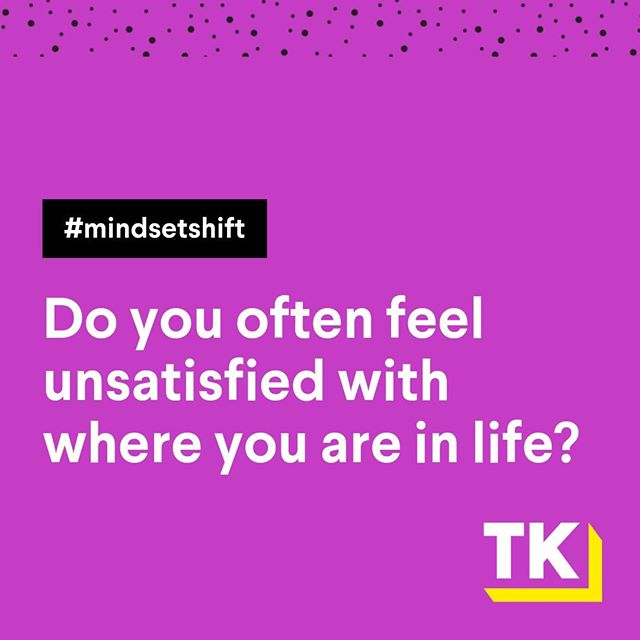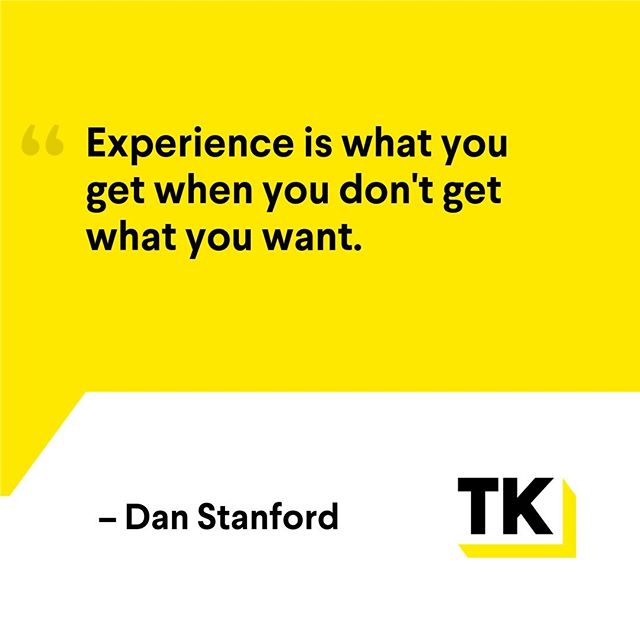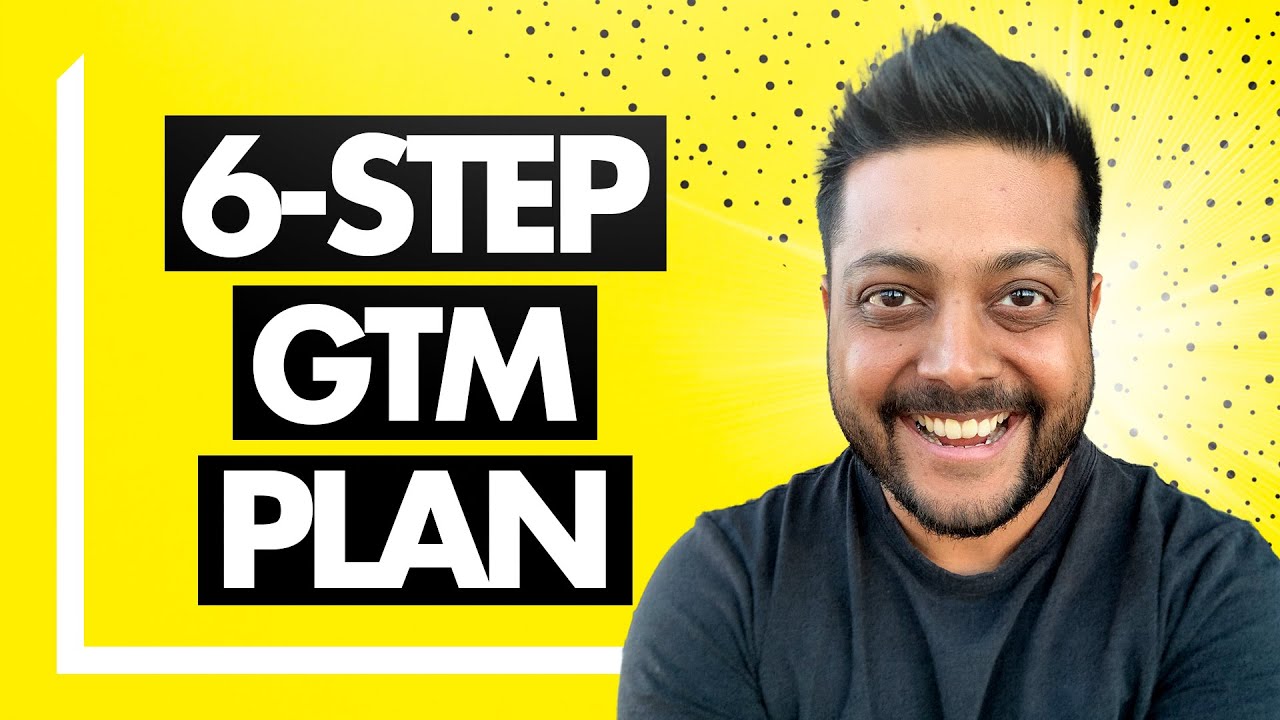It has been about a month or so since I quit my Hedge Fund job and jumped right into building consumer facing web-products on my own.
Today, the decision to quit feels like a no-brainer.
As a matter of fact, I can’t even imagine how I ever put up with a standard 9 to 5 in the first place.

Nevertheless, for the months leading up to me quitting, and for the time I actually made the decision to quit, absolutely nothing about it was easy.
It was incredibly scary, it was hard, totally nerve wrecking.
But through it all, I managed to organize my thinking process, and find a way to make a principled decision that carried me through what most would consider the craziest decision of my life. Here’s how I did it.
The old way of making important life decisions
The last few times I had to make decisions about my career, or even my life, the decisions felt easy.
Selling the startup I co-founded during college to a company in Silicon Valley felt like a no-brainer; it was an OUT for us from Troy, NY to an amazing place where tech oozed out of every crevice.
Later on, leaving a Silicon Valley company to move cross-country (again) and join a hedge fund with the promise of openness, honesty, and a highly lucrative business model seemed like an easy decision too.
Similarly, marrying my wife (whom at the time I had dated for only about 8 months) also felt like an easy decision. All of these decisions were easy because the right choice always felt obvious.
It was a clear step forward.
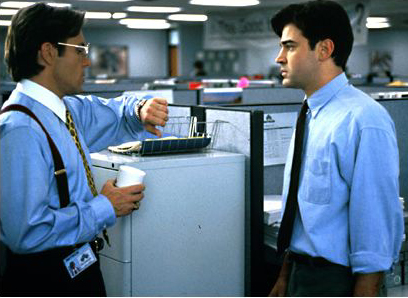
But this time around, when even though I should’ve felt like I had ‘made it’ with my six-figure job, cozy office, free lunch, dinner, snacks, awesome parties, an amazing Townhouse (albeit rented), and my 335xi, I still felt unfulfilled.
Is this it I wondered?
Everything that I had been gunning for since graduation I had achieved. But things still felt empty.
When thinking about options available to me within my career, everything felt un-interesting.
You see, in my gut I knew, I knew that what I really wanted was something of my own. Something more cutting edge than Enterprise Products in a Financial Services Firm.
And most importantly, something that had the potential to change the world, but that alone wasn’t enough for me to just quit my job and give up everything I had been working toward.
I needed more. And even in needing more, there seemed like so many possibilities, that sense of “obvious next step” just wasn’t there.
Do I keep working and grow my career? Do I quit and join a startup? Do I apply to YCombinator? Do I bootstrap? Do I do consulting? There were just so many factors, so many possible paths!
Making a principled and conscious life decision
Turth is, for one of the first times in my life, I realized that this was indeed a hard and tough decision.
And unlike before, where I would’ve just gone with my gut and hoped for the best (like I always have), I was trying to make a more principled decision.
It became apparent exactly how much I had grown as a person over the past few years, especially in the company culture my previous employer instilled — one of self reflection and principled decision making.
For probably the first time in my life, I was trying to make a principled and conscious life decision; instead of just choosing from the options that were obvious and in front of me, I was trying to figure out what I want.
Furthermore, I didn’t want just soft soul-searching, I wanted a raw and hard analytical assessment of what I wanted out of life and how I could go about attaining it.
Most importantly, I know a lot of people struggle through life without really figuring out what really makes them happy, so one of my goals of this exercise was to also extract some sort of repeatable framework out of it.
After a few sessions on the white board, some notes on my moleskine, I felt like I finally came up with a solid framework on how to think through this. Here’s what I ended up with:

If you squint at the picture, you’ll see the rough process that I followed:
- I started by answering “What are my values?”
- Based on my values, I answered “What do I want my life to be about?”
- I thought hard about what the first two columns meant and elaborated on the things that I thought had the likelihood of being buzz-wordy, undefined, or just plain untrue.

You can’t see this part in the picture, but I then thought through where I am now in my life and reconciled the differences between what I want and where I am today.
Finally, I formulated a plan that would allow me to make the changes I need to make to my life to get to what I want in and out of my life.
It was a messy process, but it felt great.
It helped me “try on” different things, it helped me realize how life can be a blank slate no matter where you are (if you want it to be), and that a lot of things are possible as long as you have the willingness to dream and the courage to take it on.
I Quit My Job
By following my framework, I realized explicitly that two of the most important things I value are my personal freedom and doing meaningful work.
In order to feel fulfilled with my life, I realized that I need to have the freedom to express myself creatively, the freedom to work on things that I find meaningful, and most importantly, the freedom to work on things where I can see direct impact on society.
Although you can argue that I probably knew some of this in my gut, this picture showed me in cold hard details who I wanted to be.
Even worse, it showed me how far off my desired path I had gone. You see, there was also one more thing that was different about having this all written out.
It made the difference between reality and what I want all that more clear.
Reality was something I could see around me, and for the first time, I was able to compare what I saw around me to some depiction of what I always wanted in my head — essentially my definition of happiness and fulfillment.
And so, with the help of my framework, I discovered that I had to quit my job.
**It is scary as hell to be quitting a stable job with a great company in the middle of a recession — but whenever I feel that fear, I stare back at my picture.
You get one life, about 80 years on Earth, I tell myself… “Why wouldn’t you spend every waking moment making that picture reality?”**
I’ve outlined the steps of the framework I used below. Try it out — in my experience, it’s worth knowing whether you are really “all in” to your current life path — whether you truly know what you want out of life.
The Framework
Step 1 — What are my values?
I quickly realized that my decision about what to do with my career transcended any concrete goal that I have now. I needed to go back to my core being.
I started by answering “Who am I? What are my values?” All constraints, circumstances and situations barred, what’re the things that make me tick?
For me, this took quite some time (the picture shows the finished product). Eventually, I got to a list, neatly ordered in order of importance.
Step 2 — What do I want my life to be about?
Armed with a set of values that deeply resonated with my whole being, I then ventured off to answer the question “What do I want?” — more concretely, given my values and the things that are important to me, what do I want to be doing on this planet?
Step 3 — Elaborate on what you want and value
During my earlier iterations of this, I realized that society hardwires us to think about values and life purpose a certain way.
Because of this, it’s highly likely that if you’re doing this exercise, you’ll end up with a ton of “buzzwords” both in your values and in what you want.
To compensate for this, I spent a good amount of time reflecting on what I wrote. I circled phrases and words that I thought were potential “buzzwords” and elaborated on what I thought they meant — both for my own clarity and also to stress test whether I was truly getting to what I want, or what I think society wants.
If you can’t define something you’ve written, clearly it’s not something you truly value or want.
Step 4 — Compare/Contrast between your desired reality and your current
So, now that I’ve elaborated and stress tested that I actually want these things, I moved on to compare my desires to my reality.
It’s up to you how much you choose to write down for this step, or how much you want to visualize.
For me, it was more about looking at my current reality and visualizing what the reality that I wrote out in my picture would look like and comparing and contrasting between the two.
Step 5 — NOW, devise your plan
Now that I’ve got a set of things that I want, a visualization of my current reality and an idea of the difference between the two, I personally felt ready to write out some real goals and plan around achieving them.
I ended up with goals around quitting my job, making sure I start making money independently so I can still pay the bills, and even goals around trimming down expenses for the time that I develop my own business.
What’s next for me
As I said in the beginning of this article, I left my job about a month ago and started my own company to focus full-time on developing my web-based products. For the time being, I’m bootstrapping my business.
I’m excited, I’m jazzed, and I’m also scared shitless. I think the key thing that gives me courage is the fact that I know that I am **ALL IN** on the path I have chosen.
I’ll write another blog entry reflecting on my first two months as an independent soon. But for those of you are interested, I started Braintrust & Co. a product design firm.
I’m actively working on developing and building my three web-based products: Braintrust, Tout and Main Street with a few more ideas in the pipeline.
I’m also taking on select clients to help prototype and test out potential web-products of their own.







